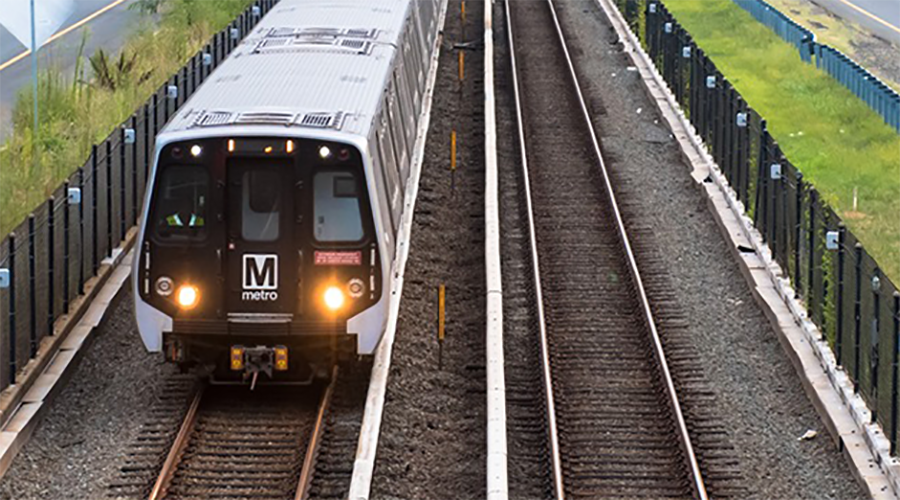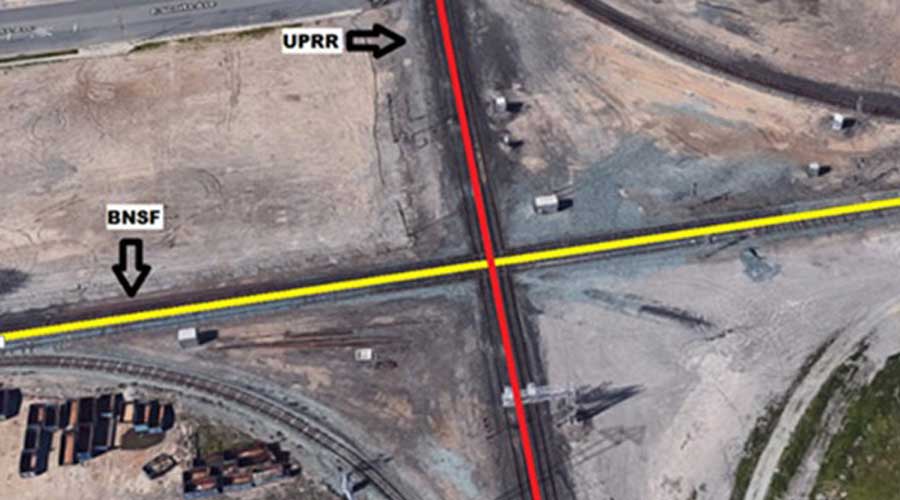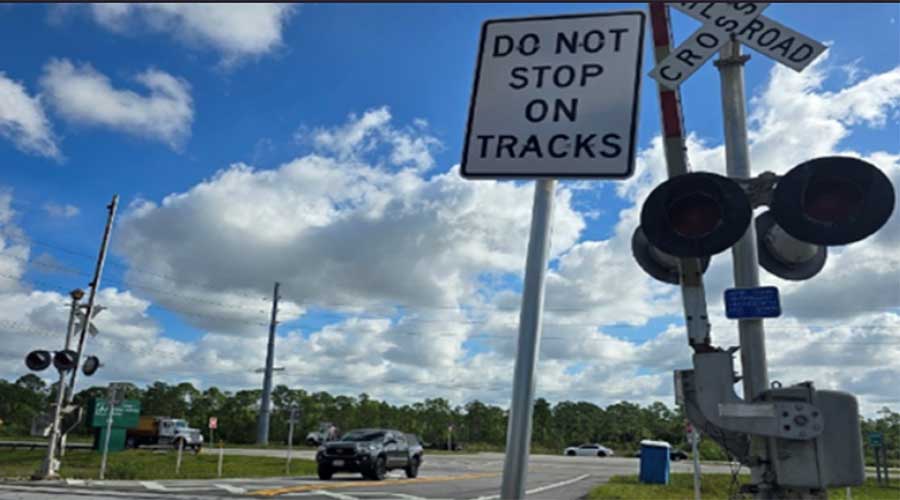Newsletter Sign Up
Stay updated on news, articles and information for the rail industry
Stay updated on news, articles and information for the rail industry
RAIL EMPLOYMENT & NOTICES
Rail News Home
Safety
Rail News: Safety

1/16/2012
Rail News: Safety
NTSB issues safety recommendations to address rear-end train collision concerns

advertisement
Last week, the National Transportation Safety Board (NTSB) issued two safety recommendations to the Federal Railroad Administration to address five rear-end collisions that occurred last year because crew members failed to operate trains at required restricted speeds, according to the board. The NTSB also issued related recommendations to the Association of American Railroads, American Short Line and Regional Railroad Association, Brotherhood of Locomotive Engineers and Trainmen and United Transportation Union.
The recommendations focus on the need for railroads to disseminate information related to the accidents to their employees and to emphasize the need for crew members to operate trains in accordance with restricted speed operating rules, NTSB members said in a prepared statement.
The five rear-end collisions that ocurred in 2011 include a BNSF Railway Co. accident in Red Oak, Iowa, on April 17; CSX Transportation accidents in Low Moor, Va., on May 21, Mineral Springs, N.C., on May 24 and DeWitt, N.Y., on July 6; and a Norfolk Southern Railway accident in DeKalb, Ind., on Aug. 19. Four of the five accidents occurred on rail lines used by Amtrak trains.
“Because these accidents occurred on different railroads and under different circumstances, the NTSB is concerned that noncompliance with restricted speed requirements may be an issue affecting a broad segment of the U.S. railroad industry,” board members said. “Signal systems provide for the safe separation between trains, [but] there are times when trains are authorized to occupy the same sections of track. In these cases, safe train operations rely solely on crew member compliance with the railroad's restricted speed requirements.”
Complete understanding of and strict compliance with restricted speed requirements are “absolutely mandatory” to prevent train collisions, they said.
The recommendations focus on the need for railroads to disseminate information related to the accidents to their employees and to emphasize the need for crew members to operate trains in accordance with restricted speed operating rules, NTSB members said in a prepared statement.
The five rear-end collisions that ocurred in 2011 include a BNSF Railway Co. accident in Red Oak, Iowa, on April 17; CSX Transportation accidents in Low Moor, Va., on May 21, Mineral Springs, N.C., on May 24 and DeWitt, N.Y., on July 6; and a Norfolk Southern Railway accident in DeKalb, Ind., on Aug. 19. Four of the five accidents occurred on rail lines used by Amtrak trains.
“Because these accidents occurred on different railroads and under different circumstances, the NTSB is concerned that noncompliance with restricted speed requirements may be an issue affecting a broad segment of the U.S. railroad industry,” board members said. “Signal systems provide for the safe separation between trains, [but] there are times when trains are authorized to occupy the same sections of track. In these cases, safe train operations rely solely on crew member compliance with the railroad's restricted speed requirements.”
Complete understanding of and strict compliance with restricted speed requirements are “absolutely mandatory” to prevent train collisions, they said.


 2025 MOW Spending Report: Passenger-rail programs
2025 MOW Spending Report: Passenger-rail programs
 Gardner steps down as Amtrak CEO
Gardner steps down as Amtrak CEO
 Guest comment: Oliver Wyman’s David Hunt
Guest comment: Oliver Wyman’s David Hunt
 Women of Influence in Rail eBook
Women of Influence in Rail eBook
 railPrime
railPrime







